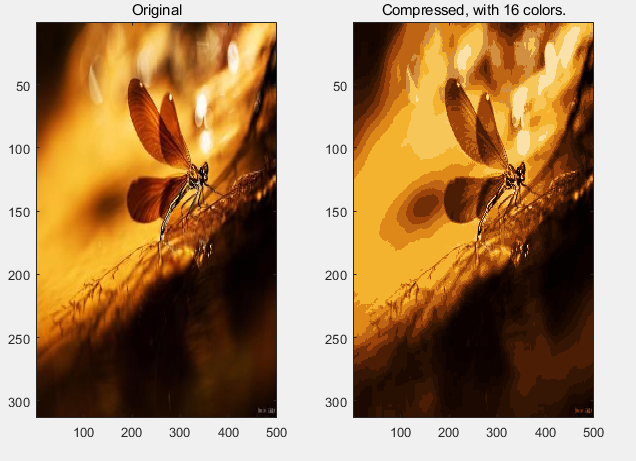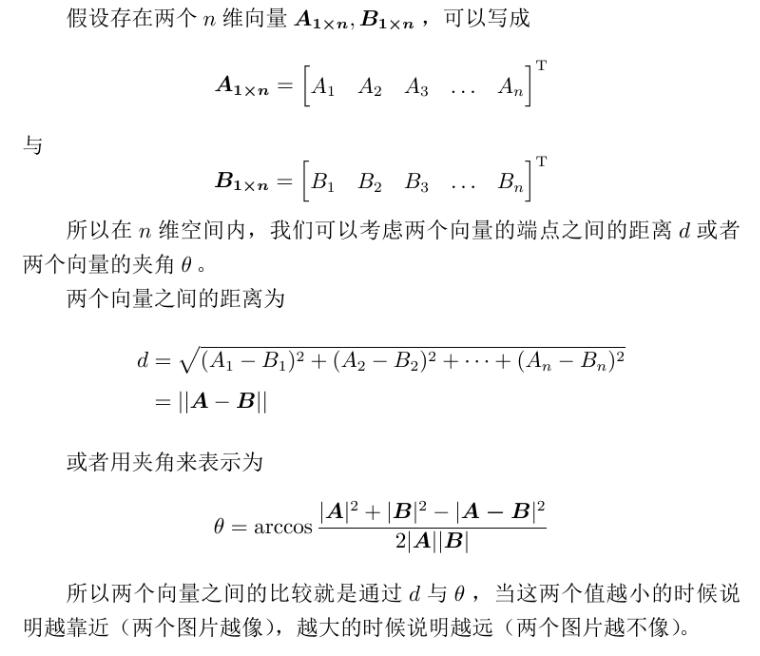python kmeans聚类简单介绍和实现代码
一、k均值聚类的简单介绍
假设样本分为c类,每个类均存在一个中心点,通过随机生成c个中心点进行迭代,计算每个样本点到类中心的距离(可以自定义、常用的是欧式距离)
将该样本点归入到最短距离所在的类,重新计算聚类中心,进行下次的重新划分样本,最终类中心不改变时,聚类完成
二、伪代码
三、python代码实现
#!/usr/bin/env python
# coding=utf-8
import numpy as np
import random
import matplotlib.pyplot as plt
#data:numpy.array dataset
#k the number of cluster
def k_means(data,k):
#random generate cluster_center
sample_num=data.shape[0]
center_index=random.sample(range(sample_num),k)
cluster_cen=data[center_index,:]
is_change=1
cat=np.zeros(sample_num)
while is_change:
is_change=0
for i in range(sample_num):
min_distance=100000
min_index=0
for j in range(k):
sub_data=data[i,:]-cluster_cen[j,:]
distance=np.inner(sub_data,sub_data)
if distance<min_distance:
min_distance=distance
min_index=j+1
if cat[i]!=min_index:
is_change=1
cat[i]=min_index
for j in range(k):
cluster_cen[j]=np.mean(data[cat==(j+1)],axis=0)
return cat,cluster_cen
if __name__=='__main__':
#generate data
cov=[[1,0],[0,1]]
mean1=[1,-1]
x1=np.random.multivariate_normal(mean1,cov,200)
mean2=[5.5,-4.5]
x2=np.random.multivariate_normal(mean2,cov,200)
mean3=[1,4]
x3=np.random.multivariate_normal(mean3,cov,200)
mean4=[6,4.5]
x4=np.random.multivariate_normal(mean4,cov,200)
mean5=[9,0.0]
x5=np.random.multivariate_normal(mean5,cov,200)
X=np.vstack((x1,x2,x3,x4,x5))
#data distribution
fig1=plt.figure(1)
p1=plt.scatter(x1[:,0],x1[:,1],marker='o',color='r',label='x1')
p2=plt.scatter(x2[:,0],x2[:,1],marker='+',color='m',label='x2')
p3=plt.scatter(x3[:,0],x3[:,1],marker='x',color='b',label='x3')
p4=plt.scatter(x4[:,0],x4[:,1],marker='*',color='g',label='x4')
p5=plt.scatter(x5[:,0],x4[:,1],marker='+',color='y',label='x5')
plt.title('original data')
plt.legend(loc='upper right')
cat,cluster_cen=k_means(X,5)
print 'the number of cluster 1:',sum(cat==1)
print 'the number of cluster 2:',sum(cat==2)
print 'the number of cluster 3:',sum(cat==3)
print 'the number of cluster 4:',sum(cat==4)
print 'the number of cluster 5:',sum(cat==5)
fig2=plt.figure(2)
for i,m,lo,label in zip(range(5),['o','+','x','*','+'],['r','m','b','g','y'],['x1','x2','x3','x4','x5']):
p=plt.scatter(X[cat==(i+1),0],X[cat==(i+1),1],marker=m,color=lo,label=label)
plt.legend(loc='upper right')
plt.title('the clustering result')
plt.show()
以上就是本文的全部内容,希望对大家的学习有所帮助,也希望大家多多支持【听图阁-专注于Python设计】。


